Kibune is a small town in the northern mountains of Kyoto City. The town is known for its beautiful scenery, lush forests, and Kifune Shrine.
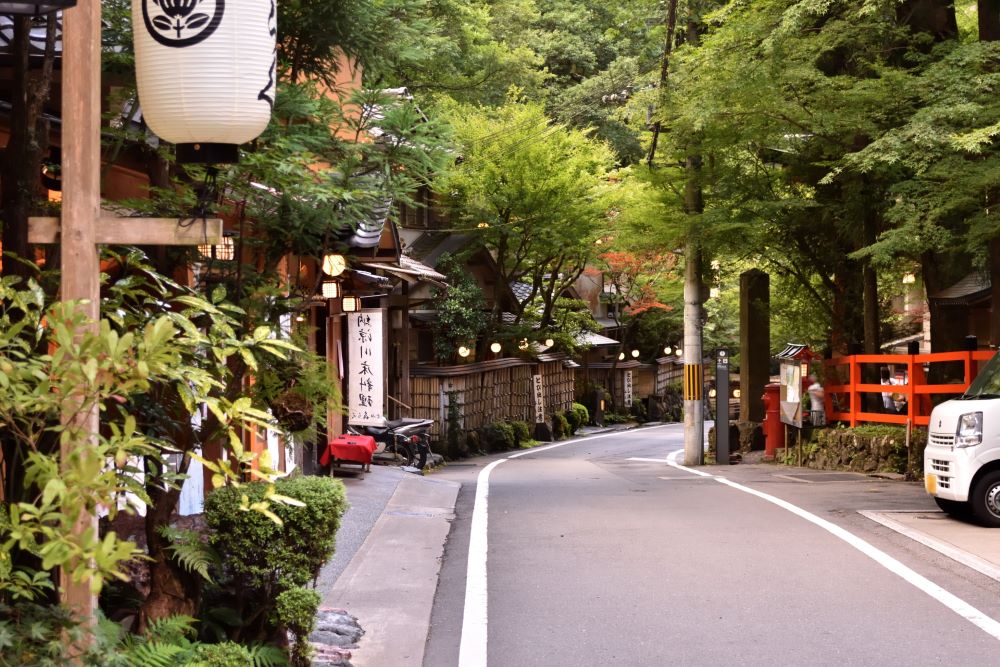
According to legend, a goddess traveled in a boat from Osaka all the way up the river into the mountains north of Kyoto, and Kifune Shrine was built at the site where her boat journey had come to an end.
Kifune Shrine is dedicated to the god of water and rain and is a beautiful and photogenic destination.
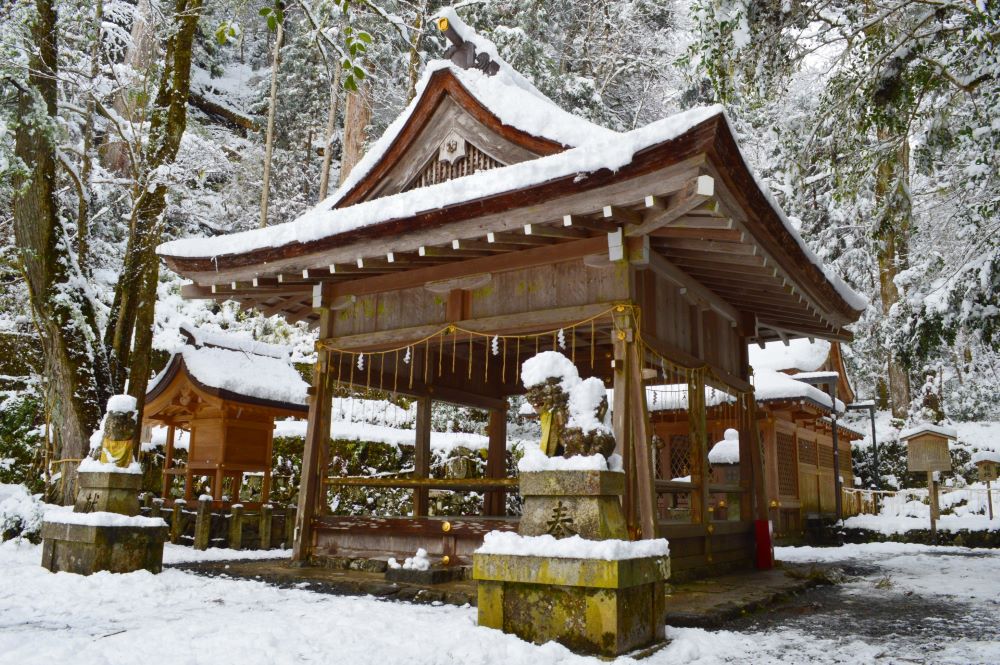
The town is a hidden gem that has managed to maintain its traditional charm and beauty. You can enjoy the serenity of Kifune Shrine, taste a traditional meal on the riverbank, and soak in the local onsen’s benefits.
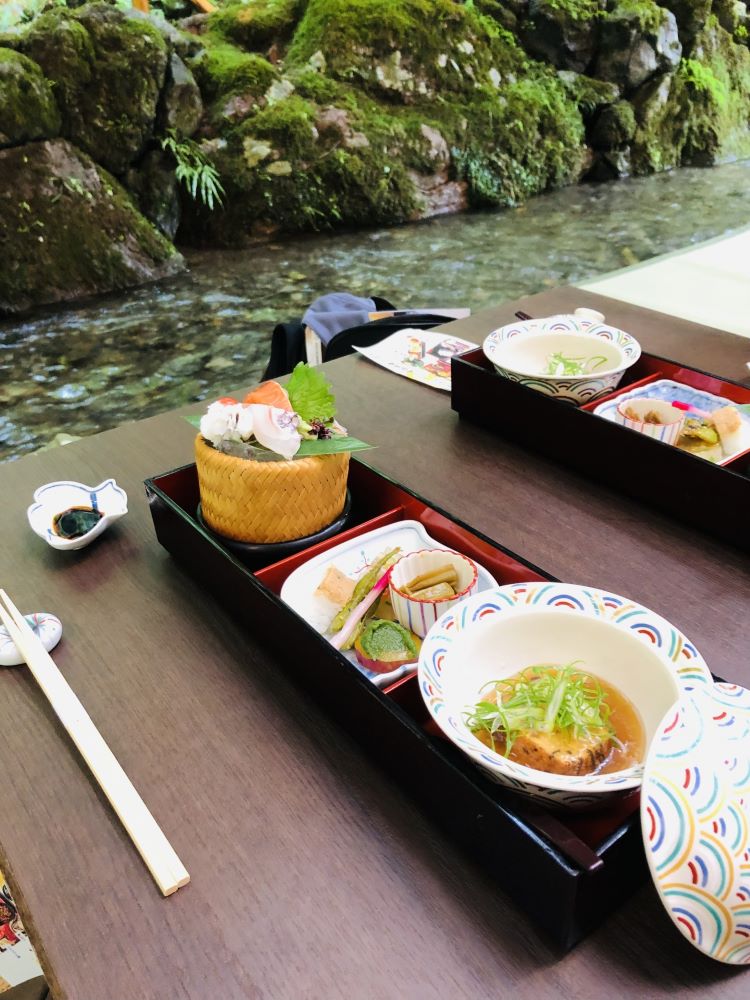
The winding main street runs alongside the flowing Kibune River, providing the perfect soundtrack for your adventure. Kibune is also known for its summer river dining, where restaurants set up platforms over the river for a unique and unforgettable dining experience.
Location

Kibune is a small town in the northern mountains of Kyoto City, Japan. It is situated in a forested valley and is known for its serene and picturesque surroundings. The town is easily accessible from Kyoto, making it a popular destination for tourists who want to experience traditional Japanese culture and nature.
Kibune is approximately 16 kilometers north of Kyoto City and is accessible by train or bus. The train ride from Kyoto to Kibune takes approximately 30 minutes and offers scenic views of the surrounding mountains and forests. You can take the Eizan Electric Railway from Demachiyanagi Station to Kibuneguchi Station, which is the closest station to Kibune.

Once visitors arrive at Kibuneguchi Station, they can take a short bus ride or walk to the town center. The town is situated in a narrow valley, and the main street runs alongside a river. The town center is home to traditional inns, restaurants, and shops that offer local goods and souvenirs.
Kibune is also known for its famous Kifune Shrine, which is at the top of a flight of stone steps. The shrine is dedicated to the god of water and is believed to bring good luck and fortune to visitors. The shrine is surrounded by dense forests and offers stunning views of the surrounding mountains.
History
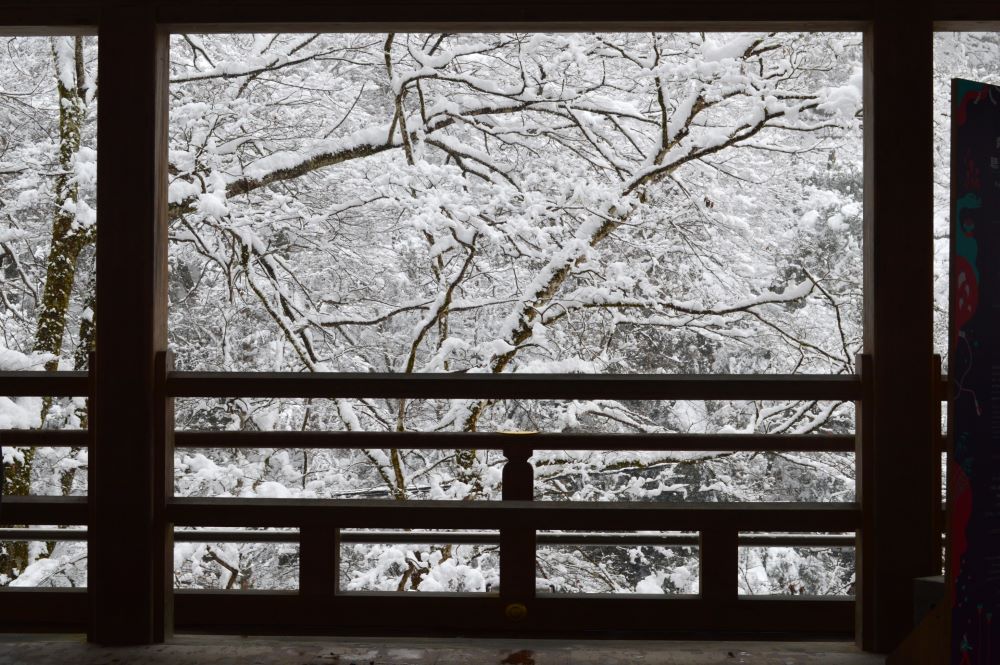
According to legend, a goddess traveled in a boat from Osaka all the way up the river into the mountains north of Kyoto, and Kifune Shrine was built at the site where her boat journey had come to an end. This shrine, which is dedicated to the god of water, has been an important religious site for over 1,600 years.
During the Heian period, Kibune became a popular destination for aristocrats who were seeking respite from the heat of the city. They would come to the area to enjoy the cool mountain air and to take part in traditional Japanese activities such as poetry writing and tea ceremonies.
In the Edo period, Kibune became known for its watermills, which were used to grind rice and other grains. The town also became a popular spot for travelers who were making their way between Kyoto and the northern regions of Japan.
Today, Kibune is a popular destination for tourists who are looking to experience traditional Japanese culture and to escape the hustle and bustle of the city. You can explore the historic Kifune Shrine, enjoy a meal on the riverbank, and take a dip in one of the town’s many hot springs.
Kifune Shrine
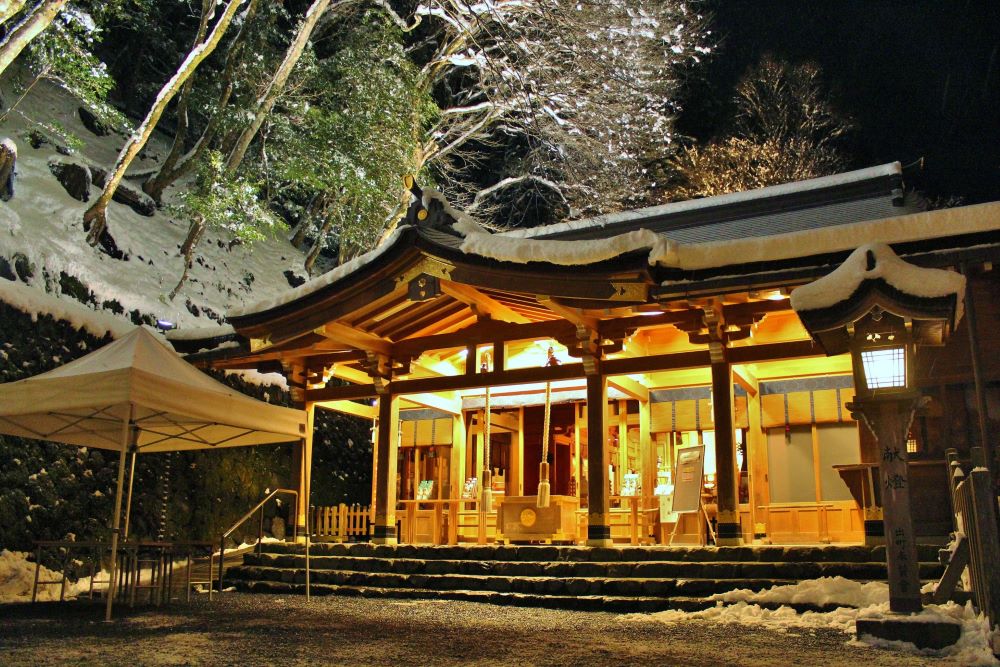
The small town is home to the Kifune Shrine, which is dedicated to the god of water. The shrine is believed to be over 1,300 years old and has three separate locations: the main shrine, Yui no Yashiro, and Okunomiya. Visitors to the shrine can take a pilgrimage path that leads to the main shrine, which is at the bottom of a long flight of stone steps.
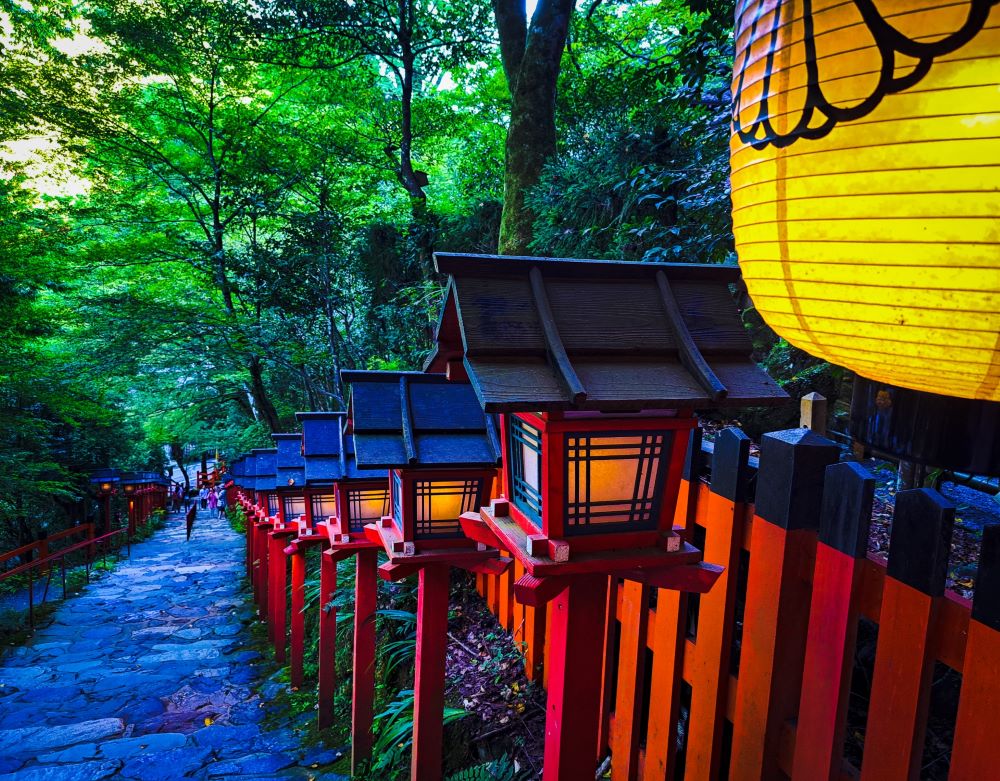
The path is lined with shops and restaurants that serve traditional Japanese food, including kawadoko, which is a type of dining experience where guests sit on platforms built over the river. The shrine is a popular destination for people seeking good luck in matters related to water, such as rain, fishing, and water-related businesses.

You can purchase omamori, which are amulets that are believed to bring good luck, as well as ema, which are wooden plaques on which you can write their wishes and prayers. Overall, the Kibune Shrine is a must-see destination for anyone visiting Kyoto. Its beautiful location in the mountains, combined with its rich history and cultural significance, make it a memorable experience.
Kawadoko Dining
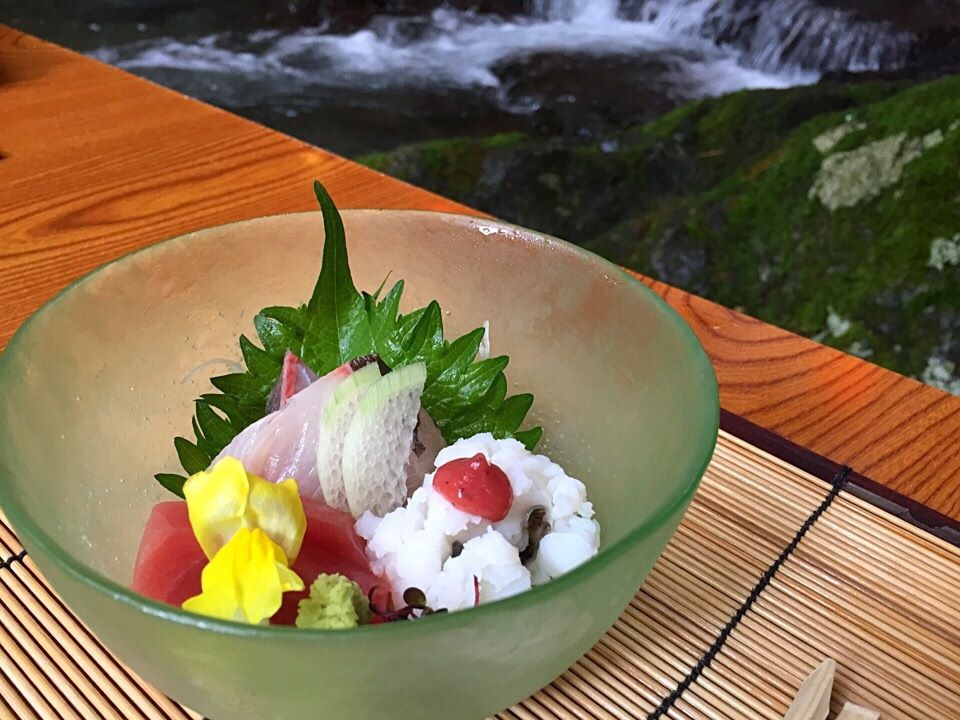
One of the most popular activities in Kibune is kawadoko dining, which involves setting up platforms and tables over or near water, so people can enjoy the cool breeze as they wine and dine.
Many restaurants in Kibune offer kawadoko dining, each with its own unique atmosphere and menu. Some of the most popular restaurants include Hirobun, Kifune Chaya, and Kawadoko Kiyomizu. Many of these restaurants specialize in traditional Japanese cuisine, such as conger eel and ayu fish, and offer multi-course meals that are both delicious and visually stunning.
While kawadoko dining can be a bit pricey, it’s definitely worth the experience. The combination of delicious food, beautiful scenery, and cool breezes makes for a truly unforgettable dining experience. It’s the perfect way to escape the heat and enjoy a relaxing meal in the midst of nature.
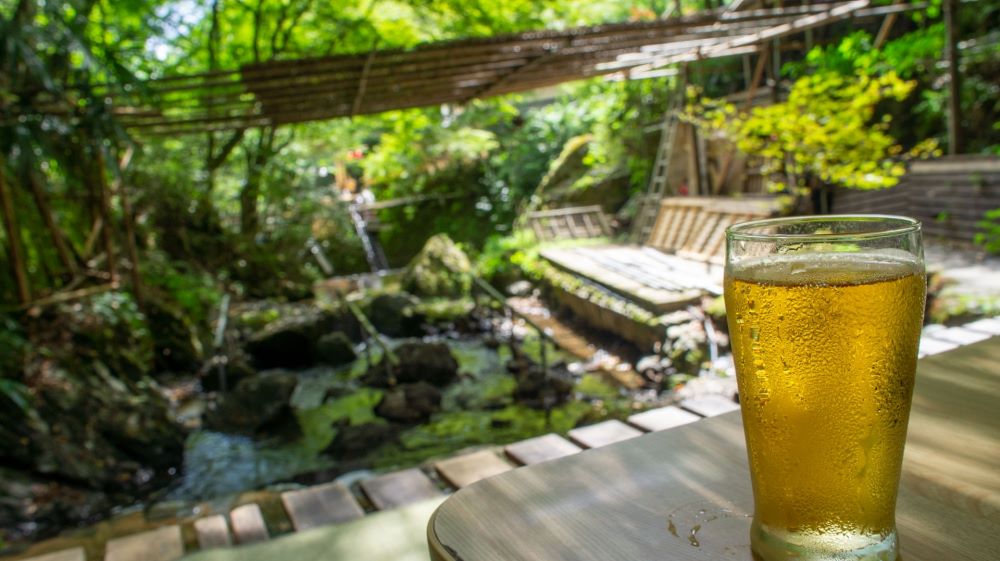
Note that kawadoko dining is only available during the summer months, typically between May and September. It’s also a popular activity, so it’s recommended to make reservations in advance to ensure a spot at your desired restaurant.
Getting There
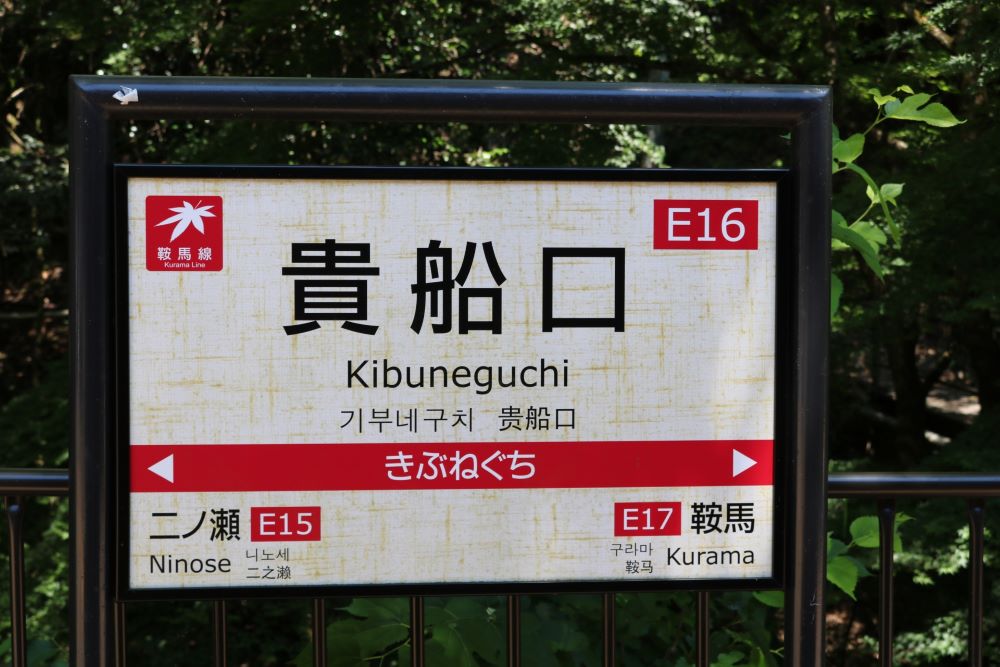
Being a small mountain village in the northern part of Kyoto it may seem remote, but it is actually quite easy to get there by public transportation.
The most convenient way to get to Kibune is by taking the Eizan Railway. The one-way trip from Demachi-Yanagi Station to Kibune-guchi Station takes about 30 minutes and costs 430 yen. Trains depart every 15-20 minutes, so there is no need to worry about missing a train.
Once you arrive at Kibune-guchi Station, you can either take a bus or walk to the city center. The bus ride takes about 25 minutes and costs 160 yen, while the walk takes about the same amount of time.
If you prefer to drive, Kibune is also accessible by rental car. However, please note that the roads leading to Kibune can be narrow and winding, so it is important to be cautious while driving.
Overall, getting to Kibune is a straightforward process that should not cause too much trouble. Whether you take the train, bus, or drive, you will be rewarded with stunning views of the mountains and a peaceful atmosphere that is hard to find in the city.



